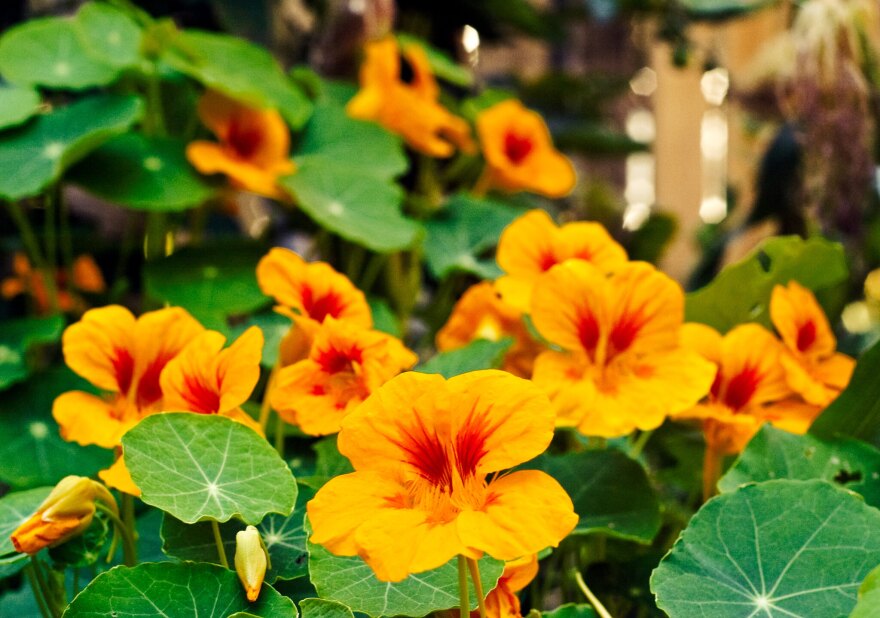Gardening and planting edibles is most definitely a science with a lot of factors to consider, so where does one get started? Do you pick the plants first? Do you have to test the soil? When should tomatoes be planted? How does someone start from scratch?
Vegetables can be grown year-round in Florida if attention is paid to the appropriate planting. And the benefits of creating an edible landscape range from mental therapy to food cost savings. Edible landscaping replaces plants that are strictly ornamental with plants that produce food, creating a multi-functional landscape that repays your investment of water, fertilizer, and time, with food.
In this episode, find out how to get started with your own edible, Florida-friendly garden, and if you live in an apartment, get tips about creating a container or community garden and how you can regrow store-bought produce.
GUESTS:
- Cecila Morales, Shangri-La Springs organic garden manager
- Heather Gonzalez, University of Florida's Institute of Food and Agricultural Sciences Master Gardener Volunteer in training
Here some our our guest's favorite edible plants:



Edible landscaping benefits:
- Improved Taste and Nutrition of Food: Nutrient content and flavor in most plants is highest immediately after harvest. The edible landscape provides fresh foods that can be eaten minutes, rather than days or weeks, after harvest. Also, many exceptional and flavorful varieties not readily available at food markets are available to gardeners.
- Increased Food Security: An edible landscape reduces your dependence on foreign food sources that have unknown production systems.
- Reduced Food Costs: Certain edibles are highly productive and are more economical to grow at home than to purchase.
- Convenience: Having fruits and vegetables right outside your home may help you add fresher, healthier foods to your diet and make meal preparation easier.
- Fun and Exercise: Growing food can be rewarding and fun; the exercise you get in the process can help you stay fit.
- Sustainability: Consuming locally grown produce can be an important part of reducing energy inputs and protecting our environment.





